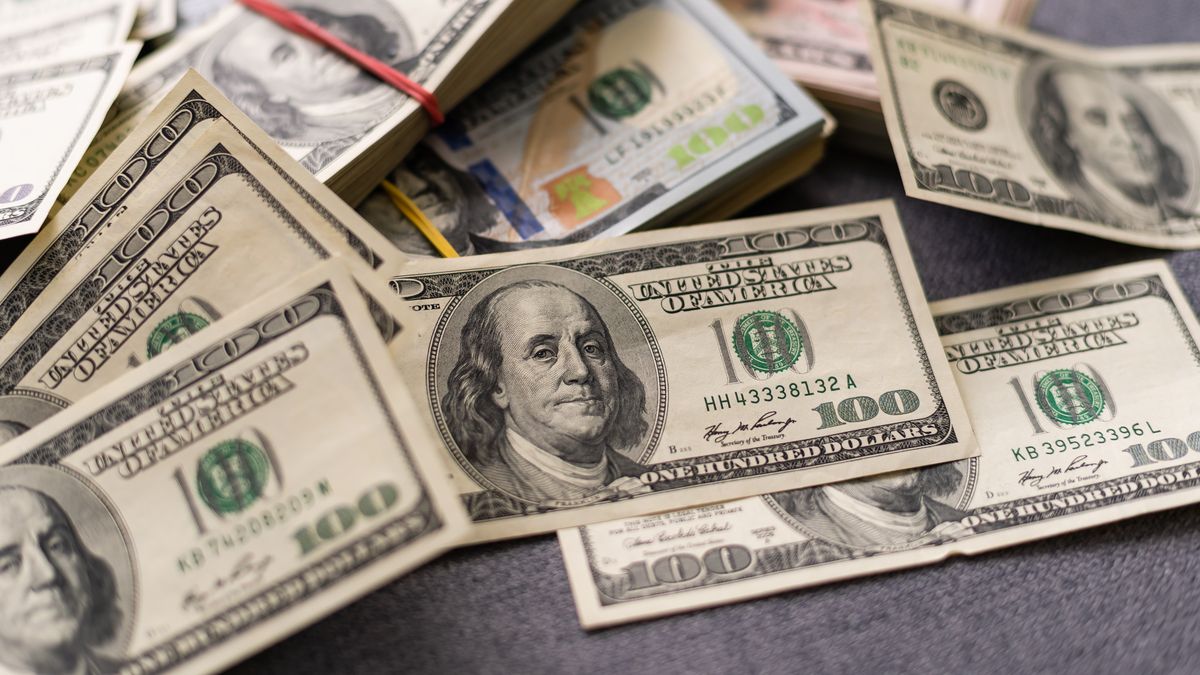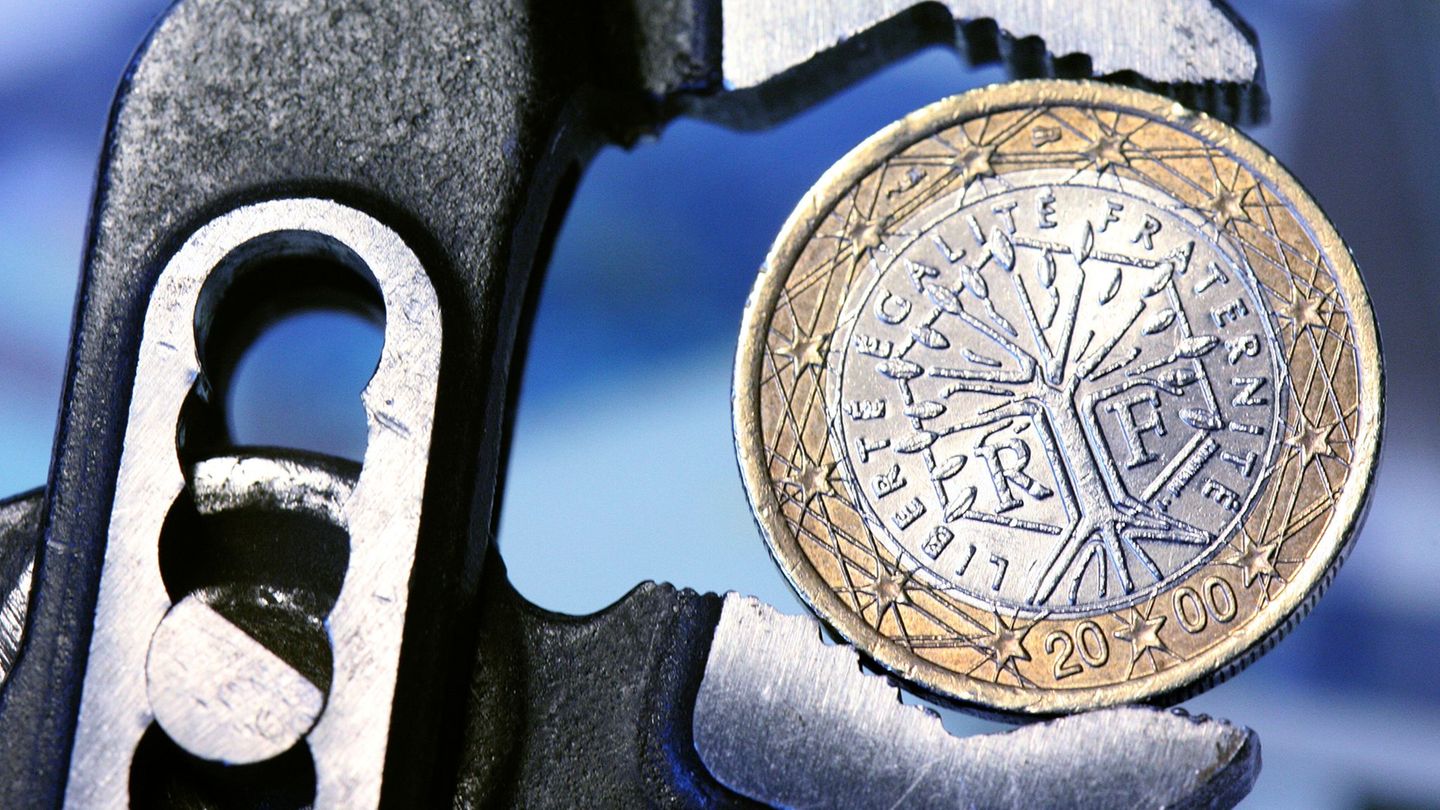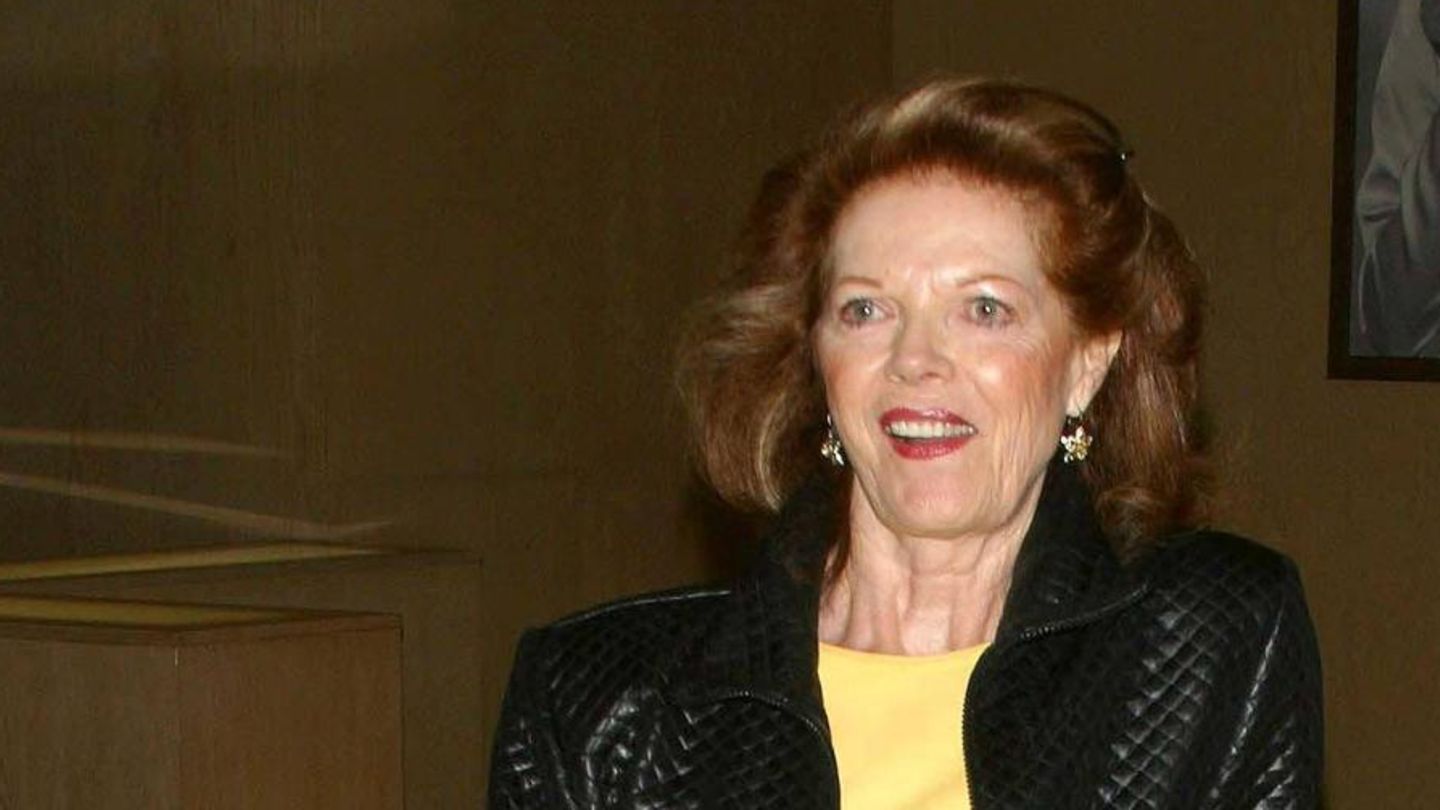There will be a monthly devaluation of 3%, resuming the crawling peg mechanism. It starts next Wednesday.
One of the doubts that economic operators have is how the exchange rate policy will continue starting next Wednesday, when the freezing of the parity at $350 ordered by the Ministry of Economy ends, after the devaluation jump ordered last August.
The content you want to access is exclusive to subscribers.
In this regard, a high source from the Treasury Palace pointed out to Ambit that The new dollar in the single market will start on November 15 at $353.50 and a monthly devaluation of 3% will be announced, resuming the crawling peg mechanism (in one month it would be $364), as indicated by the minister Sergio Massa.


The minister said that he plans to apply an initial adjustment of $3.50 to the exchange rate regulated by the Central Bank (BCRA), which since August 16 has been fixed at around $350, which will bring it to a price of $353. 5 pesos. This would be the beginning of a path of gradual reduction of the exchange gap what do you want to put into practice if wins the elections on November 19 against Javier Milei.
If this percentage is maintained, there would be a appreciationsince private consulting firms predict double-digit inflation for the coming months. The exchange rate today is almost 20% below the average of the years 2016-2019 ($435 at today’s prices), according to Ecolatina.
However, it should be noted that The differentiated exchange rates that already govern de facto give economic management greater margin. Exports are channeled 30% through financial dollars, that is, 30 or 40% above the official one, gaining competitiveness. For their part, imports pay a surcharge on the official dollar of 15% of the PAIS tax, in a context in which external purchases are highly regulated.
However, in the market they do not rule out new announcements at a time when net reserves are negative by US$10.6 billion, according to private estimates. Currently it is estimated that less than 40% of foreign trade operations are carried out in the single market.
Massa’s intention, as he has stated, is to aim to simplify the exchange rate policy with the intention of leaving the stocks at the end of next year, as a consequence of a process that includes an increase in exports in order to add reserves to the BCRA from greater external sales, along with a reduction in the fiscal deficit and the opening of new financing mechanisms for the country.
Source: Ambito
I am a 24-year-old writer and journalist who has been working in the news industry for the past two years. I write primarily about market news, so if you’re looking for insights into what’s going on in the stock market or economic indicators, you’ve come to the right place. I also dabble in writing articles on lifestyle trends and pop culture news.




